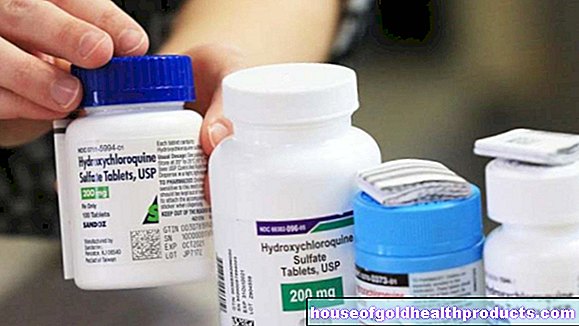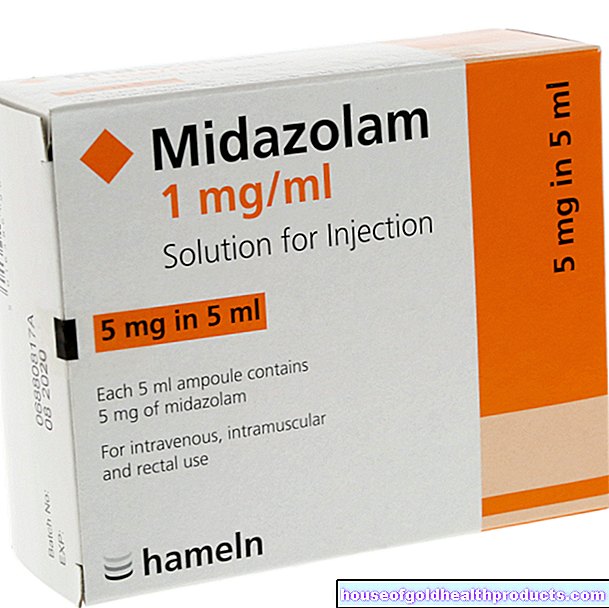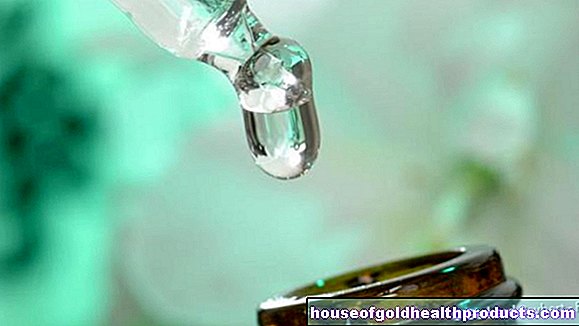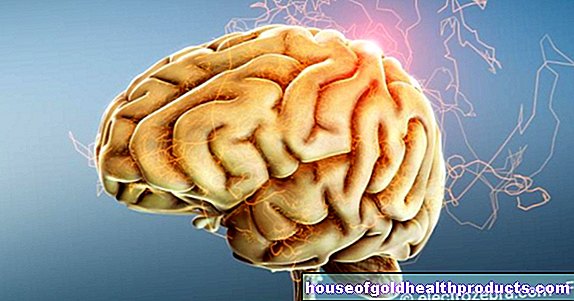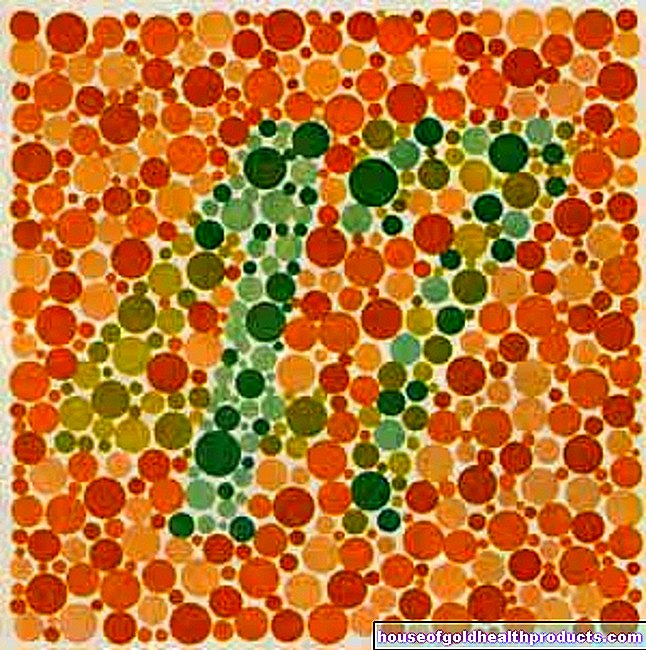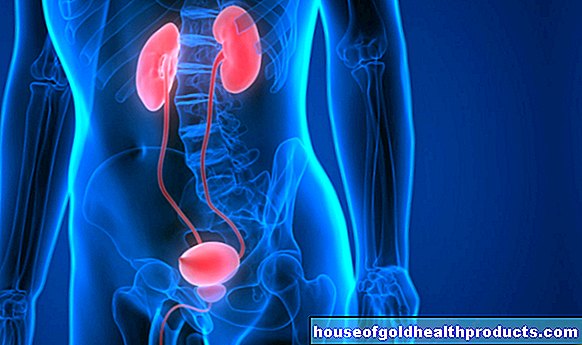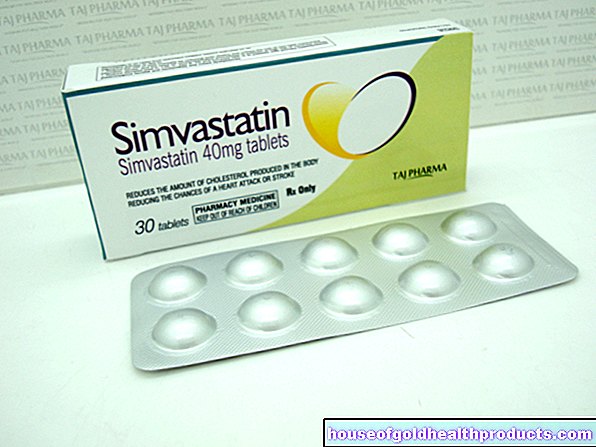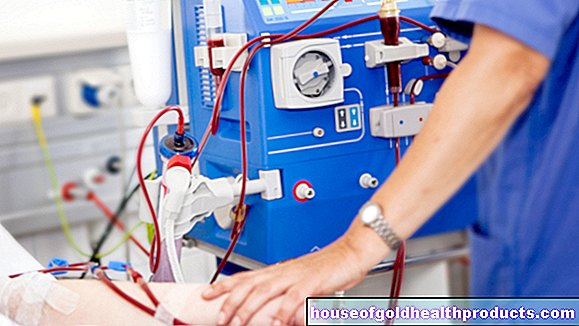Gamma GT
and Eva Rudolf-Müller, doctorEva Rudolf-Müller is a freelance writer in the medical team. She studied human medicine and newspaper sciences and has repeatedly worked in both areas - as a doctor in the clinic, as a reviewer, and as a medical journalist for various specialist journals. She is currently working in online journalism, where a wide range of medicine is offered to everyone.
More about the experts All content is checked by medical journalists.Gamma-GT (also g-Gt, GGT or gamma-glutamyltransferase) is an enzyme involved in amino acid metabolism. It occurs primarily in the liver and is therefore an important laboratory value in the diagnosis of liver diseases such as hepatitis. Read here what exactly the Gamma-GT is all about, which laboratory values are normal in healthy people and how an increase in the value comes about.
What is Gamma GT?
Gamma-GT stands for gamma-glutamyltransferase. It is an enzyme that transfers so-called amino groups. GGT can be found in various organs of the body: liver cells accommodate the largest proportion of the enzyme, but it is also found in the mucous membrane cells of the small intestine, in the kidneys and pancreas, as well as in many other organs. However, the doctor can only measure the liver's own gamma-GT in the blood serum.
When do you determine the gamma GT?
Gamma-glutamyl transferase is a very important parameter in the diagnosis of liver diseases. Symptoms in which the doctor will think of liver damage include jaundice, right-sided upper abdominal pain and itching, but also general unspecific symptoms such as tiredness and exhaustion. With such symptoms, for example, the following diseases can be behind it:
- Inflammation of the liver (hepatitis), especially viral hepatitis
- Liver damage from alcohol
- Obstructive jaundice
- Liver metastases from cancer
- Pancreatic disorders involving the liver
Of course, the GGT is determined at regular intervals even if the liver disease is already known in order to be able to assess the course of the disease. To determine the gamma GT, the doctor needs a blood sample.
Gamma-GT for abstinence control
The doctor often determines the activity of the Gamma-GT to diagnose chronic alcohol abuse: Those who regularly consume large amounts of alcohol have an increased GGT in 80 to 90 percent of cases. If you are already aware of alcoholism, the laboratory value can be used to check abstinence during withdrawal therapy. Patients who experience infrequent excess alcohol, however, have no altered GGT level.
Gamma GT values: table with normal values
The gamma-GT blood values depend on age and gender. Values deviating from the reference range may indicate liver disease. The level of the gamma GT value is proportional to the extent of the liver damage and thus an indication of the severity of the disease: the higher the gamma GT value, the greater the damage!
In the following table you will find the Gamma-GT reference values for children of different ages as well as for women and men (measured at 37 ° C):
|
age |
Gamma GT normal value |
|
Premature babies |
up to 292 U / l |
|
1 day
|
up to 171 U / l |
|
2 to 5 days |
up to 210 U / l |
|
6 days to 6 months |
up to 231 U / l |
|
7 to 12 months of life |
up to 39 U / l |
|
1 to 3 years |
up to 20 U / l |
|
4 to 6 years |
up to 26 U / l |
|
7 to 12 years |
up to 19 U / l |
|
13 to 17 years |
up to 38 U / l for women up to 52 U / l for men |
|
adult |
up to 39 U / l for women up to 66 U / l for men |
When is the Gamma-GT lowered?
If the GGT is low, it usually has no disease value.
When is the gamma GT increased?
In medicine, various liver values are called transaminases: Gamma-GT, GPT (ALT) and GOT (AST). GOT and GPT are located inside the liver cells and are therefore only measured in increased concentrations in the blood when there is severe liver damage (cell destruction!). The gamma-glutamyl transferase, however, is bound to the membrane of the liver cells and therefore increases even with slight liver damage. Diseases that make themselves felt with an increased GGT are:
- Bile congestion (cholestasis)
- Inflammation of the gallbladder and biliary tract (cholecystitis or cholangitis)
- Viral hepatitis (hepatitis A, B, C, D, and E)
- Liver damage from poisons, such as the death cap mushroom
- Liver damage from alcoholism (cirrhosis, fatty liver)
- Pfeiffer's glandular fever (mononucleosis, EBV infection)
Gamma GT increased
If you would like to know more precisely which diseases affect the gamma-GT and how much, read the article Gamma-GT increased.
What to do if the gamma GT is changed?
An increased gamma-GT alone is not enough to determine a specific disease. Often other laboratory values have already been determined as part of the diagnosis, which provide further information on the cause, for example ALT, AST or cholestasis parameters. By looking at all laboratory values (Gamma-GT, ALT, etc.), the doctor can often assess what the reason for the liver damage is. Further investigations may be necessary. These are, for example, an ultrasound of the liver or the determination of special antibodies in the blood, possibly also a tissue removal.
What can I do as a patient with increased gamma GT?
Follow the therapy prescribed by your doctor for your underlying disease. You should also adopt a lifestyle that is gentle on the liver. Above all, this includes abstaining from alcoholic beverages. Refraining from smoking also makes sense. Coffee, on the other hand, is still allowed and is even considered “good” for the liver. With regard to nutrition, the following applies: Unless otherwise advised by your doctor, you should eat a balanced diet and avoid foods that are too fatty or too sweet. In this way, you can also help to keep your liver healthy in everyday life and to reduce an increased Gamma-GT.
Tags: toadstool poison plants nourishment diet


